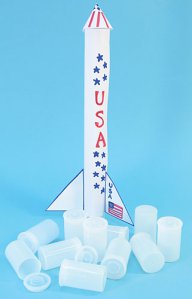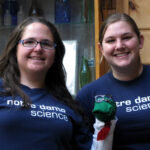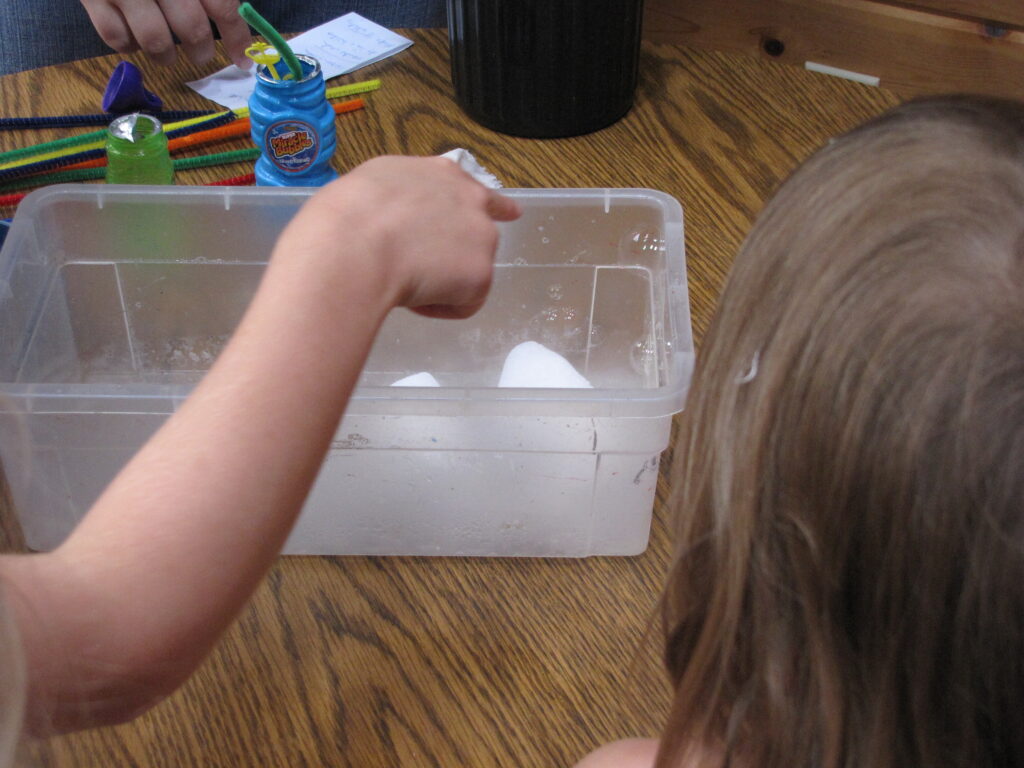 by: Martin Sagendorf
by: Martin Sagendorf
A Definition:
Clocks measure time – it can be a continuous measure of events passing or the measure of the interval between two events.
Of Hours:
After years of evolution, our modern clocks now divide the day into 24 equal length hours. And, as we know, there are two systems in use today: Americans use the “double-twelve” system while the rest of the world uses the 24 hour system.
As An Aside:
The word “hour’ comes from the Latin and Greek words meaning season, or time of day. A “minute” from the medieval Latin pars minuta prima (first minute or small part), originally described the one-sixtieth of a unit in the Babylonian system of sexagesimal fractions. And “second” from partes minutae secundae, was a further subdivision on the base of sixty – i.e. “a second minute”. (ref. Pg. 42 The Discoverers by Daniel J. Boorstin)
The “Double-Twelve” Clock Face:
Has 12 at the top – probably because at noon the sun is at its highest point in the sky.
But…
We can make a clock with 12 o’clock anywhere we wish and the clock will still work just fine. Read the rest of this entry »



 Posted by Tami O'Connor
Posted by Tami O'Connor 

 by: Tami O’Connor
by: Tami O’Connor

 3. Notice how AMBULANCE is written. Why is it always written this way on the front of the emergency vehicle?
3. Notice how AMBULANCE is written. Why is it always written this way on the front of the emergency vehicle? 
